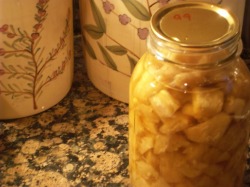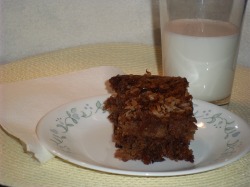Recommended water storage quantity: 14 gallons per person. This is enough to meet basic needs for two weeks: 1 gallon per person per day. Read more about that here.
Free water storage options: use 2- or 3-liter soda bottles, 2-qt juice bottles, or any other food-grade plastic container that says PETE on the bottom and has a tight-fitting lid. Do not use milk jugs; they eventually weaken and leak.
Other options: You can often find 35- and 55-gallon blue water storage barrels for sale on the local online classified ads; in Utah they’re also at Macey’s grocery store, Industrial Container, emergency supply stores, and sometimes at Walmart. Used barrels are usually sold for one of two reasons: someone is moving or just tired of storing the barrels, or they’re being sold by a business after having syrup or other liquid in them. They are the containers soda companies have their syrup in when it comes to them. Clean them out and they’re great. There are also larger size containers you can find—100 gallons or more--, either new or used.
When purchasing new containers, typically count on $.75-1.50 per gallon capacity, i.e. 55-gallon barrel may cost about $50-75. You can find them cheaper if you watch sales and ads, or sometimes if you join a group buy.
-Rhonda













 RSS Feed
RSS Feed